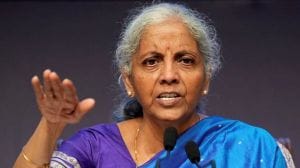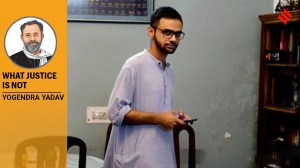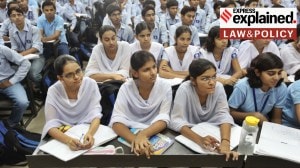Companions and Friends
I don’t mind whether I have ten persons or a thousand people watching when I am performing a play,’’ says veteran theatre dir...

I don’t mind whether I have ten persons or a thousand people watching when I am performing a play,’’ says veteran theatre director K.N. Panikkar. ‘‘My art cannot depend on the numbers it attracts.’’ Still, it wouldn’t hurt to notch up crowds. And while Panikkar’s quaint insistence on art for art’s sake is touching, sponsorships tend to follow the spotlight, the spotlight chases crowd-pullers, and the question being debated by theatre artistes in many parts of the country is, where are the audiences?
It is in this scenario that OUP has published The Companion to Indian Theatre edited by Jadavpur University professor Ananda Lal. When Lal says, ‘‘The volume has tried to incorporate all forms and styles of Indian theatre,’’ know this: he has tried. The Companion covers a gamut of dramatic traditions, from conventional proscenium theatre to dance forms such as Kathakali and Mohiniyattam and oral narrative genres such as Katha Kalakshepam. Two hundred and seventy black and white visuals complement the written contributions by stalwarts like Neelam Man Singh Chowdhry, Girish Karnad and Panikkar.
‘‘It’s a wonderful first attempt,’’ says Delhi-based theatre commentator Javed Malick who has also contributed to this encyclopedia. ‘‘Our problem is that there is no serious writing on theatre because there is no serious debate on theatre. Agencies such as Sangeet Natak Akademi have failed to initiate and promote such debate. Wherever debate is happening it is the initiative of individual scholars. It is only now that the Sangeet Natak Akademi, as part of its 50th anniversary programmes, organised a big three-day jamboree of theatre personalities but that too was very superficial.’’
Much of this vacuum could be attributed to a hesitance on the part of publishers to risk investments in reference material in general. After all, despite the millions of Hindi cinema junkies in the country, it is only in the past decade that we’ve witnessed a steady trickle of books on films and their stars. Could theatre go the same way? OUP India managing director Manzar Khan insists that the decision to publish the Companion ‘‘was not a commercial one’’ in a scenario where ‘‘as it is, reference publishing especially in theatre and other dramatic traditions is time-consuming, tedious, requires a lot of patience and investment’’. But he admits: ‘‘Although there is no immediately visible audience for this book, you will be surprised at how many people would be interested. It may not be a mass market, but there is a strong niche market if you count universities, libraries and theatre enthusiasts outside India.’’
His company will tap into this market again with sister volumes to the newly released tome. Among the titles coming from the OUP stable include an English translation of Dharamveer Bharti’s Andha Yug and Acts of Authority/Acts of Resistance: Theatre and Politics in Colonial and Post-Colonial India by Nandi Bhatia.
For drama addicts, none of this might seem like it’s enough. But it must come as some consolation to Mohiniyattam dancer Bharati Shivaji who hopes to come out with an updated version of her 1986 book, The Art of Mohiniyattam, which is now out of print. ‘‘I remember how hard it was at the time to get that book printed,’’ she says. ‘‘So many publishers kept telling me, no one knows your dance form, so why don’t you make the book half about Mohiniyattam and half about Bharata Natyam? Now at last people know Mohiniyattam better.’’
Well, the book helped.
Photos




- 01
- 02
- 03
- 04
- 05


























